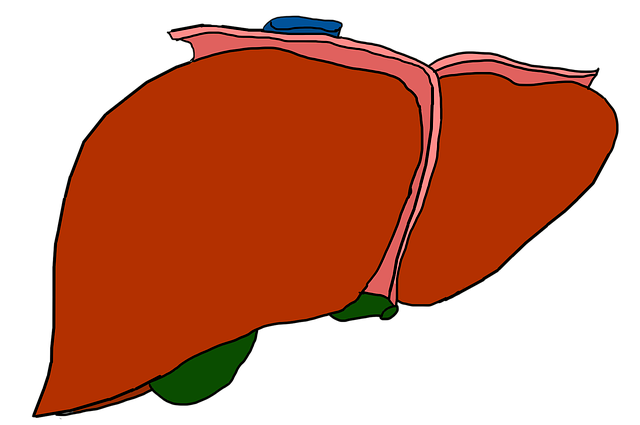Gall Stones and Gall Bladder Removal Surgery
The gall bladder is a small organ located on the right side of the abdomen. It is nestled beneath the liver and contains bile, a digestive fluid that is released into the small intestine.

What are gall stones?
Gall stones are hard stone-like deposits residing in the gall bladder. They vary in size from the size of a grain of sand to that of a golf ball. They are common in Americans, and some develop just one while others are plagued with a multitude of gall stones time and time again.
What causes gall stones?
Doctors are not sure what exactly causes gall stones. Some believe they occur when the bile contains excessive amounts of cholesterol that cannot be completely dissolved by the typical amount of bile made in the body. The excess cholesterol is thought to form into crystals which, over time, turn into gall stones. Others believe that since the gallbladder does not empty entirely, the bile becomes more concentrated, forming gall stones.
There are some factors that can put you at risk of developing gall stones:
• Gender (Females tend to develop gall stones more than men.)
• Cholesterol-lowering medications.
• Medications that contain estrogen.
• Age (60 or older.)
• Pregnancy.
• Diet (high-cholesterol, high fat, low-fiber.)
• Family history of gallstones.
• Ethnicity (American Indians and Mexican-Americans tend to develop gall stones more often.)
• Obesity.
• Diabetes.
• Rapid weight loss.
What are the types of gall stones?
There are several types of gall stones one could develop. The most common, cholesterol gall stones, are yellow and made up of undissolved cholesterol. Pigment gallstones are either dark brown or black and form when the bile excessive amounts of bilirubin.
What are the signs or symptoms of gall stones?
Actually, there are no signs or symptoms. However, if a gall stone should become lodge in a duct, there are a number of symptoms of the blockage lasting from several minutes to several hours.
• The yellowing of the skin and the whites of the eyes.
• Intense abdominal pain.
• High fever with chills.
• Back pain between the shoulder blades.
• Severe pain in the upper right abdomen.
• Pain in the right shoulder.
• Intense pain in the abdomen, just below the breastbone.
When to should medical care be given?
Should you experience any signs or symptoms, visit your physician. They will use an ultrasound or CT scan to determine if medication or gall bladder removal surgery is needed.
What are the treatment options for gallstones?
Before recommending gall bladder surgery, physicians sometimes recommend medications that will dissolve gall stones. This approach may take anywhere from a few months to a few years to completely dissolve the masses.
Gall Stones and Gall bladder removal surgery, also known as cholecystectomy, removed the gall bladder. This is often recommended when it often occurs. After a successful gall bladder removal surgery, bile should flow from the liver into the small intestine, bypassing the gall bladder storage. Gall bladder removal surgery does not limit your life, physical activity, ability to digest food or cause other serious medical ailments. It can, however, cause temporary diarrhea.



